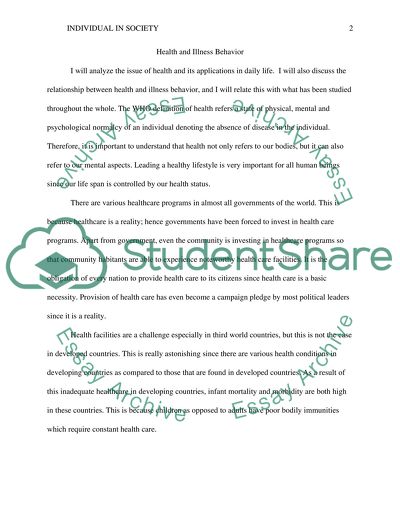Cite this document
(“Individual in society Essay Example | Topics and Well Written Essays - 2500 words”, n.d.)
Retrieved from https://studentshare.org/sociology/1393262-individual-in-society
Retrieved from https://studentshare.org/sociology/1393262-individual-in-society
(Individual in Society Essay Example | Topics and Well Written Essays - 2500 Words)
https://studentshare.org/sociology/1393262-individual-in-society.
https://studentshare.org/sociology/1393262-individual-in-society.
“Individual in Society Essay Example | Topics and Well Written Essays - 2500 Words”, n.d. https://studentshare.org/sociology/1393262-individual-in-society.


